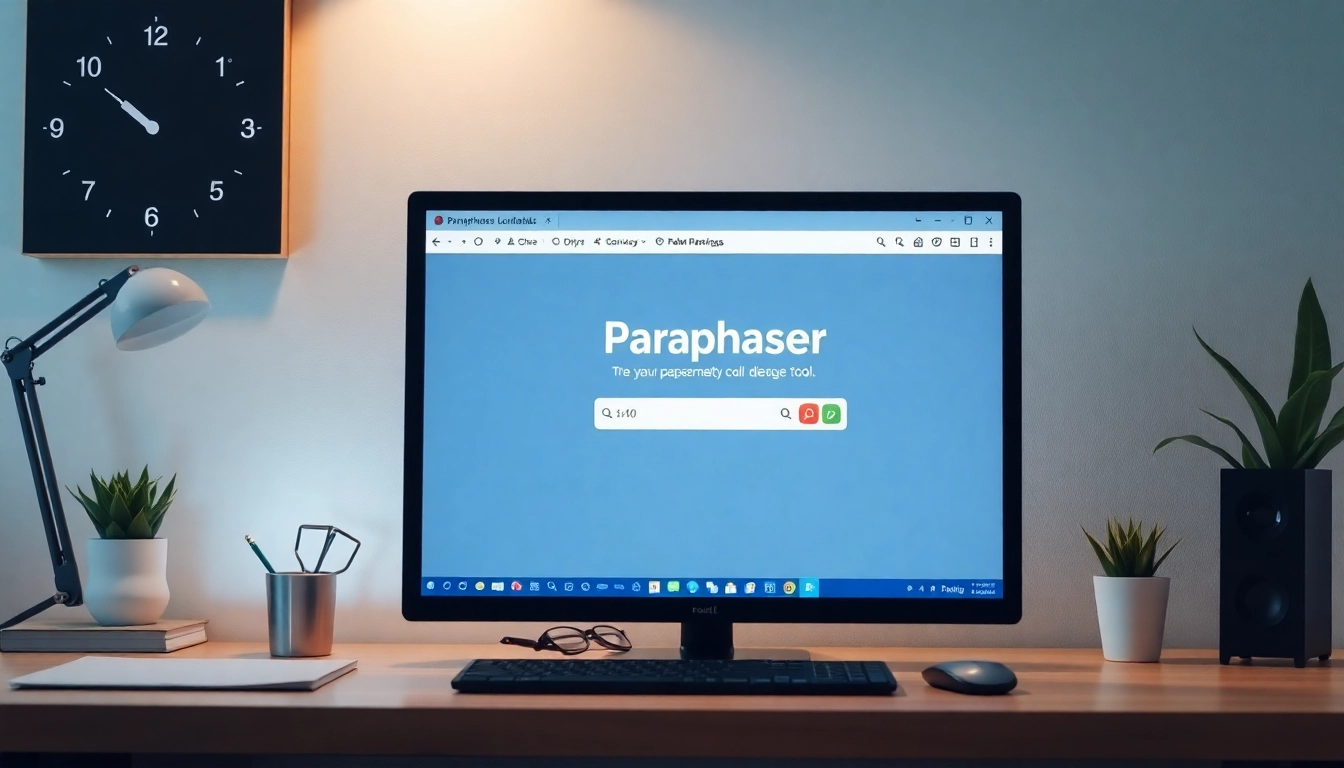Understanding Trust Pilot Reviews and Their Role in Business Credibility
In today’s digital economy, online reviews serve as the modern-day word of mouth, fundamentally shaping consumer perceptions and influencing purchasing decisions. Among the myriad review platforms, Trust Pilot reviews hold a prominent position due to their large user base and extensive collection of customer feedback. These reviews not only help consumers evaluate the quality and reliability of businesses but also serve as a vital tool for companies aiming to bolster their reputation and increase transparency.
What exactly are Trust Pilot reviews, and how do they operate within the broader ecosystem of online reputation management? This section will explore the core concepts behind Trust Pilot reviews, their historical development, and their crucial role in the contemporary marketplace.
What Are Trust Pilot Reviews and How Do They Work?
Trust Pilot reviews are user-generated feedback posted by consumers about their experiences with businesses or services. Customers share their opinions on product quality, customer service, delivery times, and overall satisfaction. The platform’s open and accessible interface encourages honest critique, allowing potential buyers to assess whether a company aligns with their expectations.
Businesses integrate Trust Pilot review prompts into their customer journey, often encouraging satisfied clients to leave feedback post-purchase. These reviews are then displayed publicly on a company’s profile page, complete with star ratings and detailed comments, serving as social proof for other prospective customers.
Trust Pilot’s review system is designed to be transparent and accessible, providing a straightforward method for consumers to read and write reviews. The platform employs mechanisms like verification badges, review guidelines, and moderation to foster an environment of authenticity, although the authenticity and reliability of reviews can sometimes be challenged.
History and Evolution of Trust Pilot as a Review Platform
Founded in 2007, Trust Pilot started as a platform aimed at democratizing customer feedback across online markets. It initially gained traction by offering a free service that allowed consumers to review a variety of sectors, from retail to services. Over time, the platform evolved, introducing paid features for businesses seeking enhanced reputation management tools, analytics, and review management services.
Today, Trust Pilot boasts millions of reviews, with over 190 million reviews posted across countless industries. Its growth reflects the increasing importance placed on online reputation and the reliance of consumers on peer feedback before making purchasing decisions. Despite criticisms, Trust Pilot continues to adapt and innovate, integrating new verification technologies, review moderation procedures, and industry standards to maintain its influential stance.
Importance of Genuine Customer Feedback in Today’s Marketplace
Authentic customer feedback has become a cornerstone of modern commerce. Genuine reviews influence search engine rankings, enhance trustworthiness, and ultimately drive conversion rates. For consumers, authentic reviews provide insight into what they can realistically expect, reducing uncertainty and the risk of dissatisfaction.
For businesses, customers’ honest feedback offers valuable data to refine products, improve customer service, and resolve recurring issues. It also fosters a transparent dialogue that can strengthen customer loyalty and trust, leading to long-term success.
Evaluating the Credibility of Trust Pilot Reviews
Are Trust Pilot Reviews Trustworthy and Authentic?
Trust Pilot asserts that its reviews are genuine and that it strives to remove fake entries through verification processes. While the platform has mechanisms like ordering verification badges and user identity checks, critics argue that the system is not infallible and that fake reviews can occasionally slip through.
According to industry experts and user discussions, a significant proportion of reviews on Trust Pilot are authentic, especially when verified via purchase receipts or direct customer confirmation. However, there have been documented cases where fake or manipulated reviews appeared, influencing public perception unfairly. Recent advancements in review verification technologies, such as AI-driven fraud detection, aim to mitigate these issues further.
Common Criticisms and Limitations of Trust Pilot’s Review System
Despite its popularity, Trust Pilot has faced scrutiny over several limitations:
- Fake Reviews and Manipulation: While efforts are made to detect fraudulent feedback, some fake reviews persist, often manipulated by competitors or malicious actors.
- Removal of Negative Reviews: Critics argue that some companies can influence the removal of unfavorable reviews, either through direct negotiations or via platform policies.
- Paid Review Promotions: The introduction of paid plans for businesses may incentivize companies to manage reviews more aggressively, sometimes at the expense of impartiality.
- Review Verification Gaps: Trust Pilot often verifies positive reviews but applies stricter scrutiny to negative ones, leading to debates about bias and authenticity.
How to Identify Fake or Manipulated Reviews on Trust Pilot
Consumers and businesses alike need to develop skills in detecting credible reviews. Here are critical strategies:
- Look for Repetitive Language: Fake reviews often contain similar phrasing or generic comments across multiple profiles.
- Check Reviewer Profiles: Authentic reviewers typically have a history of activity, diverse reviews, and verified purchase badges.
- Assess Review Timing: An influx of highly positive reviews within a short period or sudden spikes in ratings can indicate manipulation.
- Beware of Extremes: Overly glowing or excessively negative reviews should be scrutinized further, especially if they lack specific details.
- Use External Tools: Several third-party services analyze review authenticity, looking for patterns of fake activity or suspicious behaviors.
By applying these methods, consumers can better navigate the landscape of online reviews and make more informed decisions.
Strategies for Businesses to Leverage Trust Pilot Effectively
Building Trust and Encouraging Authentic Customer Reviews
Successful organizations recognize that authentic reviews are the backbone of their reputation. To encourage genuine feedback:
- Request Reviews Post-Purchase: Timing is critical; ask customers immediately after delivering services or products when their experience is fresh.
- Make the Process Easy: Simplify the review-writing process with direct links and clear instructions.
- Incentivize Genuinely: Offer non-monetary incentives like discounts or loyalty points, avoiding pay-for-review schemes that can compromise authenticity.
- Respond Publicly: Engage with reviews, thanking positive feedback and addressing negative comments professionally to demonstrate transparency.
Handling Negative Feedback and Managing Your Reputation
Negative reviews, although unwanted, provide an opportunity for improvement and showcase business integrity. Effective practices include:
- Respond Promptly and Politely: Address concerns directly, show empathy, and offer solutions.
- Investigate Internally: Use negative feedback as a diagnostic tool to identify operational weaknesses.
- Encourage Corrective Actions: Implement changes based on feedback and communicate these improvements publicly.
- Avoid Deletion or Suppression: Uphold transparency, as suppression can damage trust and violate platform policies.
Utilizing Trust Pilot Data to Improve Products and Services
Analyzing review data provides invaluable insights:
- Identify Common Pain Points: Spot recurring issues that need addressing.
- Monitor Trends Over Time: Track customer sentiment and measure the impact of changes.
- Benchmark Against Competitors: Understand market positioning relative to industry rivals.
- Inform Business Strategy: Use concrete feedback to guide product development, training, and service adjustments.
How Consumers Can Make Informed Decisions Using Trust Pilot Reviews
Best Practices for Reading and Interpreting Reviews
Consumers should approach online reviews with a critical eye. Some key practices include:
- Look for Balance: Consider both positive and negative feedback to develop a complete picture.
- Prioritize Verified Reviews: Focus on reviews marked as verified to ensure authenticity.
- Read Detailed Comments: Longer, specific reviews tend to be more credible than brief, vague ones.
- Assess Overall Ratings and Patterns: Identify consistent themes or issues rather than relying solely on star ratings.
Tools and Tips for Comparing Business Ratings
Beyond Trust Pilot, users can leverage additional tools for comprehensive evaluations:
- Comparison websites aggregating multiple review platforms
- Social media mentions and forums for grassroots insights
- External review analyzers employing AI to detect fake reviews
Limitations and Cautions When Relying on Online Reviews
While reviews are influential, they are not infallible. Consumers should remain cautious about:
- Fake or manipulated reviews affecting ratings
- Bias introduced by paid or incentivized reviews
- Potential absence of negative reviews due to suppression or removal
- Overreliance on reviews without additional research or due diligence
Balanced skepticism, combined with a diverse review analysis, enhances decision-making reliability.
Future Trends and Best Practices for Trust Pilot and Online Reviews
The Impact of Review Verification and Validation Technologies
Emerging innovations such as blockchain for review verification and AI-driven fraud detection promise increased authenticity. These technologies seek to create tamper-proof logs of reviews, ensuring consumers and businesses can trust the feedback more securely.
Regulatory Changes and Industry Standards for Reviews
With growing scrutiny over review authenticity, regulatory bodies are considering stricter laws to combat fake reviews. Businesses will need to comply with transparency standards, disclose review collection methods, and implement verifiable identity procedures.
Innovations in Customer Feedback and Review Management
Future tools will likely include advanced sentiment analysis, real-time review moderation, and integrated feedback loops that automatically notify businesses of urgent issues, enabling quicker responses and continuous improvement.
These trends aim to make the review ecosystem more reliable, fair, and insightful, benefiting both consumers and companies equally.












